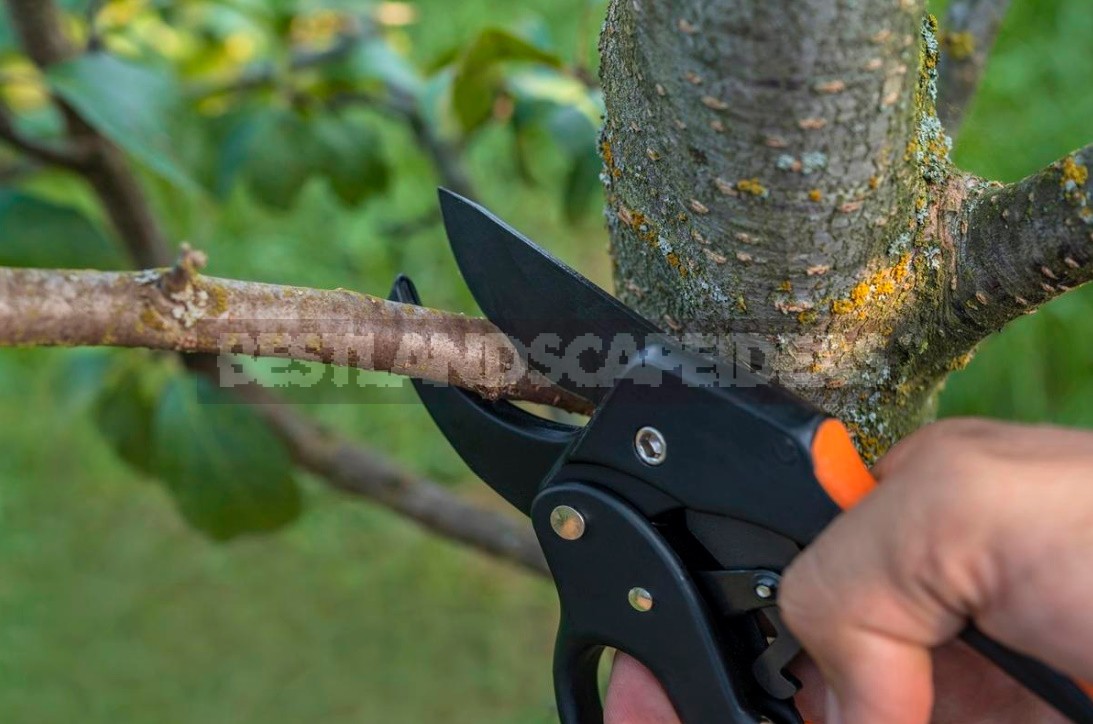
Pruning is not an easy science and at the same time an art, but the General principles of this event can be mastered by everyone, especially if you apply the most important rule that has become a proverb: measure seven times — cut one. In one article, you can give only the most General recommendations: the nuances depend on the fruit culture, the age of the plant, and its condition.
Choose the right time
Dry, diseased, damaged branches, as well as those that pose a threat to people and property, are removed at any time. For working on live wood, the optimal time is early spring: before the start of active SAP movement and at a positive air temperature.
Choose a fine, windless day for pruning. In cloudy weather, it is difficult to see important nuances, such as the changed color of the bark, which is a symptom of diseases; and the wind is dangerous — and the branches will be too mobile, and sawdust can get into your eyes…
It is not recommended to cut during and after heavy precipitation, when the bark is still wet: the tool will slip off, which can lead to injury. At a negative air temperature, frozen wood can crack, which is fraught with fractures.

Your Arsenal
To carry out pruning of the orchard you will need:
1) secateurs and a hacksaw. The tool should be comfortable and well — sharpened, ideally from a well-known manufacturer. For trimming, there are special hacksaws — they have a special shape and sharpening of the teeth, which allows you to make a perfectly smooth cut. Not so long ago, gardeners used to trim carpentry tools available on the farm, and then tiresomely smoothed the cut to smoothness with a garden knife. With the help of a specialized tool, the work on pruning has become much easier, and everyone can cope with it.
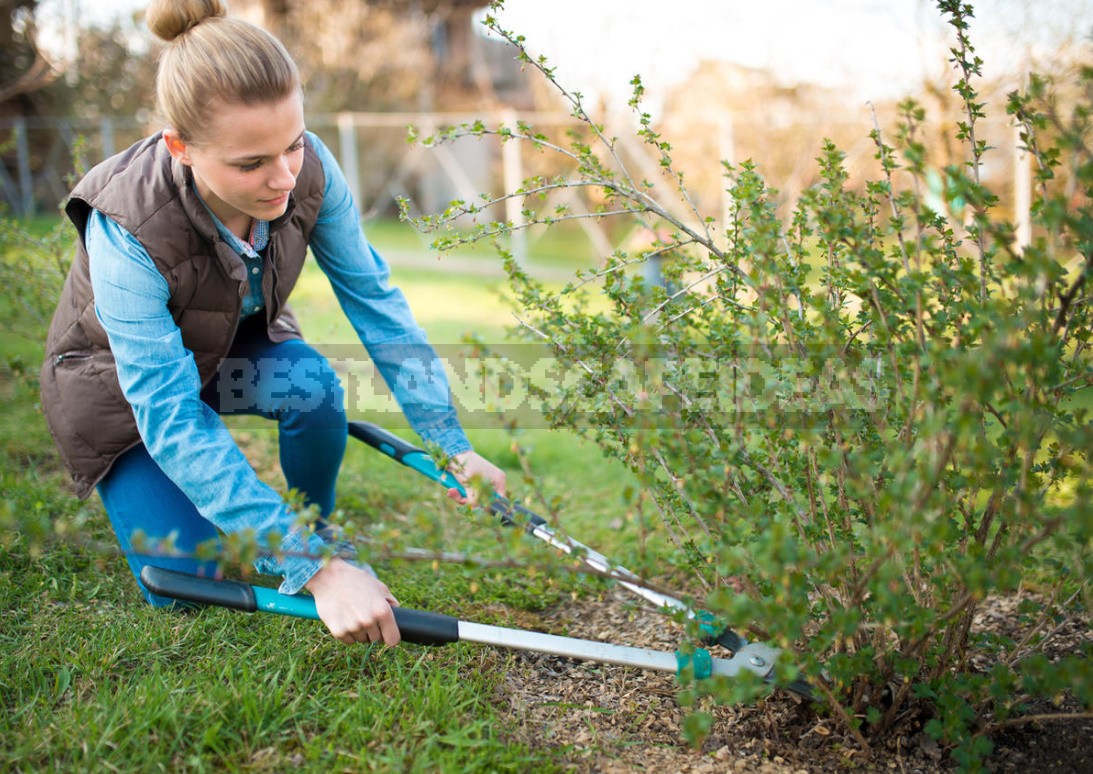
For pruning shrubs, especially prickly ones, it is convenient to use secateurs with long handles. There are also telescopic, battery and electric tools, which are advisable to buy if the amount of work is large, and the tool is convenient;
2) the ladder or a stable table. Use of ladders is strictly prohibited by safety regulations;
3) a reliable assistant who will protect you when working at height;
4) all wounds and sections must be disinfected and covered up, so you should always have the necessary preparations at hand — compositions that protect the section from drying out and getting spores of pathogens, and fungicides.
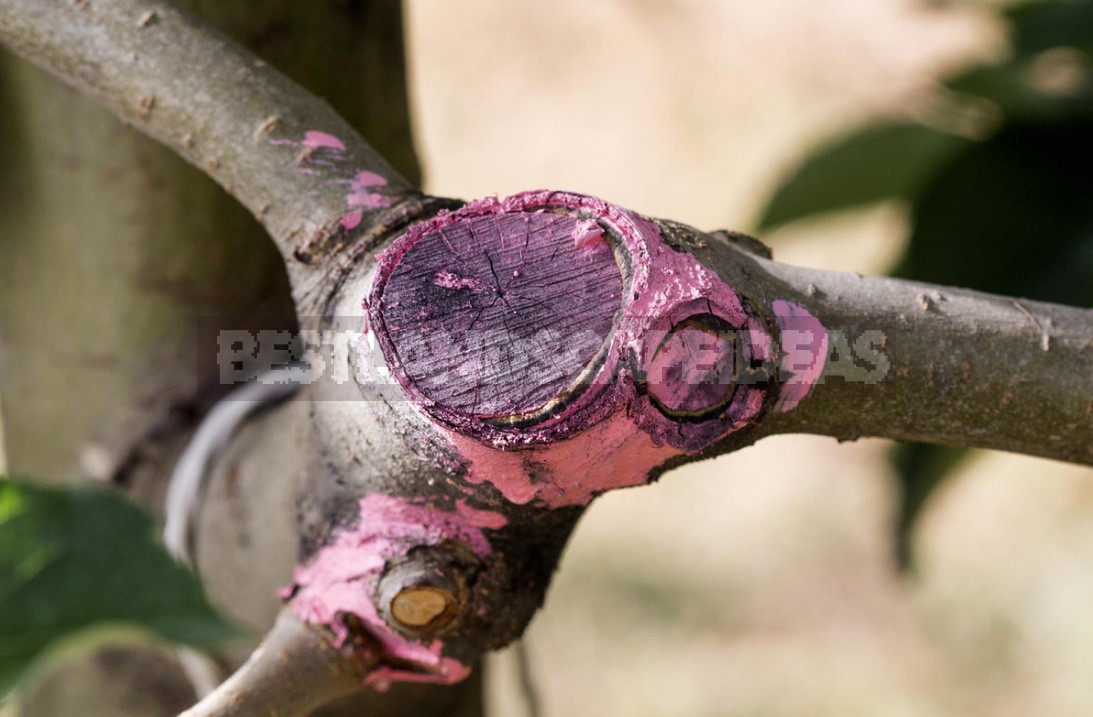
5) you will also need a sharp knife that can cut bark and wood if necessary;
6) suitable equipment. Clothing should be comfortable and not restrict movement, shoes-warm and stable; headwear is mandatory, and it is highly desirable to protect the eyes with a mask or glasses.
How to trim trees
Pruning of fruit and ornamental plants is subject to certain rules, which are based on the biological characteristics of plants. Slices are made in strictly defined places.
If you need to remove the entire branch, it is cut out along the circular flow at the base — the cut should be slightly convex, it is unacceptable to cut too deep or, on the contrary, leave stumps. This technique is called “cutting a branch into a ring”.
If the annular influx is not pronounced — as it usually is when the branch is adjacent at a very sharp angle-then you will have to deal with geometry. First, draw a line along the left branch in the place where the removed branch fits (you can draw all the lines with chalk directly on the tree’s bark). Then draw from the starting point where our line started, a perpendicular line across the branch being removed. From the resulting corner, draw the bisector — it will become the cut line. A properly executed section overgrows easily and quickly, with an average speed of 1 cm per year.
Pruning for translation is the removal of a part of a branch, when the direction of its growth is transferred to the part that is left. In this case, the cut should be a continuation of the left part — again, not too deep and without stumps.
If the branch is thick, it is better to start sawing from the bottom — at least a few movements with a hacksaw will protect you from bark bullying (and such wounds heal very long and reluctantly), and then sawing in a comfortable position.
Large branches (as thick as the handle of a shovel or more) are removed in parts. First, the cut is made from the bottom about half the diameter of the branch, then step back a few centimeters closer to the trunk and saw from top to bottom — the branch will easily break off under its own weight. If necessary, the operation is repeated, and the last stump is cut into a ring.

Branches at an acute angle (less than 45 degrees) are potential fault points, and it is better to make one precise cut than to heal a huge wound for years (if at all possible). If all the angles are sharp, it may be a genetic feature that is peculiar to some varieties. In the case of neglected old trees, it is often decided to leave an acute angle, because the cut area will be too large (this wound will remain for life, and the tree may lose stability).
Remove weak and thickening crown branches — anything that looks in and down — but do not overdo it, so as not to remove the short overgrown branches on which the flower buds are located. If two branches are close together and look in the same direction, leave the one that is stronger. Branches that cross and rub against each other either shorten or remove at least one of them.
Tops-vertically growing shoots that appear on old wood in the second half of summer-can be used for good. Most of them should be removed, but leave the most powerful and well-located, and later they can form young branches (and remove the very old ones). You can shorten the top of the top to encourage branching and limit growth in height.

Attention: in any condition of the tree, no more than a quarter of the live branches are removed in one year.
According to the classics, after each cut, the working parts of the tool are disinfected (pruning is a surgical operation!). The necessary minimum, which is implemented in practice, is treatment after each diseased branch is removed and when moving to the next tree or shrub.

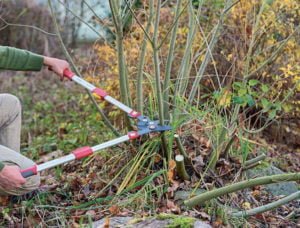
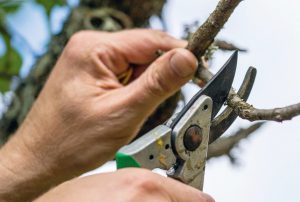
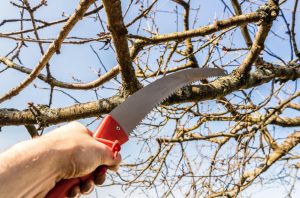
Leave a Reply